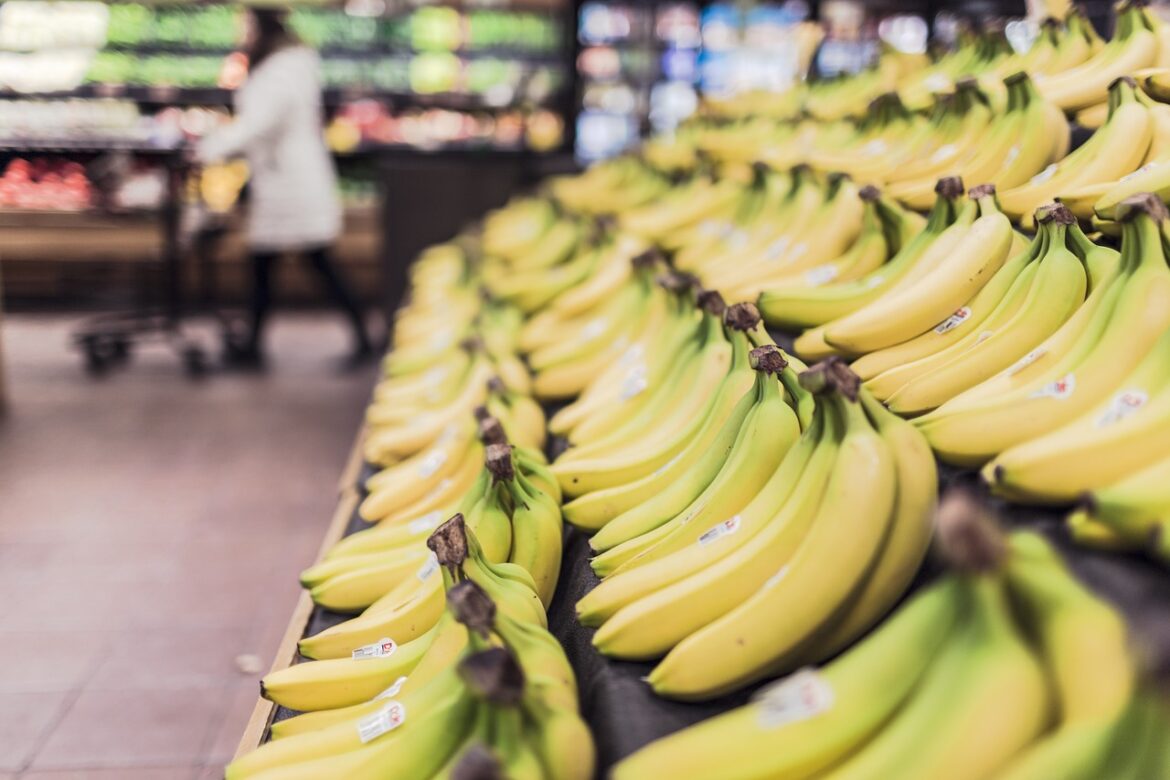Grocery stores are no longer just a place to grab your favorite snacks and fresh veggies—they’re evolving into smart, streamlined hubs where workflow innovations are quietly changing the game. Picture your local market: the pace is faster, the shelves are fuller when you need them, and checkout is smoother. Behind the scenes, a workflow revolution is unfolding. From small owner-operated delis to national supermarkets, real people are using tech and clever strategies to make every shift count. Here are five trending workflow stories transforming grocery in 2025, told through the lens of people who live and breathe the aisles every day.
The AI Inventory Whisperer: Ava’s Downtown Market & Deli Mountain View, California, may be the heart of tech, but even a tiny grocery store with just eight employees is making AI part of daily life. Ava’s Downtown Market & Deli uses AI to help with inventory and pricing—no tech wizardry required. Co-founder Tremaine Kirkman puts it simply: “We used to guess what to order and hope for the best, but now our system tells us what’s hot, what’s not, and exactly when to restock.” The result? Fewer headaches about running out of favorites, less waste spoiling in the back room, and more time to chat with customers. This AI isn’t just crunching numbers—it’s helping keep shelves stocked and shoppers happy, all while the team focuses on building relationships with regulars and the local community.
From Empty Corners to Chaos-Control Centers: The Multi-Use Zone Experiment Empty store corners can be like forgotten real estate, but one regional grocery chain in the Midwest is turning them into workflow powerhouses. These multi-use zones are a stage for everything from packing online orders to running local product demos. Staff can pivot between restock duty and order prep, depending on what’s busiest. It’s a bit like a playground where the equipment keeps changing—retail associates become workflow chameleons, cross-trained to step in wherever needed. The secret sauce? Flexible workflows, backed up by forecasting tools that predict the next rush before it happens. The result: faster click-and-collect, smoother workflows, and happier, less stressed teams.
Personalization on the Last Mile: The Customer-Centric Delivery Crew Across the board, grocers are realizing that the final leg of the journey—getting that bag of broccoli to the customer’s door—isn’t just about speed, it’s about making each delivery feel personal. In Austin, a small grocery delivery team is sending out personalized thank-you notes and real-time updates for every order. “We want every delivery to feel like it’s from a friend, not just a faceless algorithm,” says their delivery manager. It’s not hype—73% of shoppers say a good experience keeps them coming back. For this crew, workflow is about blending efficiency with a human touch, using analytics to spot trends and tweak routes, so drivers are never caught off guard by a sudden spike in orders.
Data-Driven Day-to-Day: The Analytics Backbone Behind every fast, friendly grocery checkout these days is a dashboard that tells staff what’s next. Take an urban grocery chain that started tracking real-time sales data during peak hours. Managers now know exactly when to flood the floor with cashiers or restock the busiest aisles. “It’s like having a live map of the store’s pulse,” says their operations lead. By turning data into action, they’ve cut wait times and reduced the frantic rushes that used to drive staff—and customers—crazy. The workflow isn’t just smarter; it’s more predictable, making busy days feel less like a fire drill and more like a well-rehearsed show.
Flexibility as a Mindset: The Store That Never Sleeps (on Innovation) Grocery workflows in 2025 are all about flexibility—whether that means pivoting roles, shifting schedules, or redesigning back-of-house layouts. One national brand is piloting rotating schedules for restock and fulfillment teams, matching staff numbers to predicted order surges. “It’s like choreographing a dance where the music keeps changing,” explains one shift manager. “But now, we can keep up without burning out.” The store is also rethinking stockroom flows and staging areas to support more online orders, blending digital tools and old-school hustle for seamless fulfillment.
These stories aren’t industry hype or abstract theory—they’re real-life workflows, powered by real people, that are making a difference on the ground. From AI-driven insights to flexible fulfillment zones, the grocery workflow revolution is here, and it’s bringing smiles back to both sides of the checkout counter.
Lessons from the Aisle: Key Takeaways
- AI isn’t just for big players: Even small stores are using smart tools to stay ahead and cut waste.
- Multi-use zones are workflow hacks: Repurposing space lets staff pivot quickly, keeping operations nimble.
- Personalization makes the last mile count: Little touches turn delivery drivers into brand ambassadors.
- Data is the new workforce multiplier: Live insights help teams spot trends and stay one step ahead.
- Flexibility is the secret weapon: Workflows that adapt to change make life easier for everyone.
These trends are here to stay, and the grocery workers who’ve embraced them aren’t looking back. Whether it’s a tiny deli or a national chain, smart workflows are the currency of a smoother, friendlier grocery experience in 2025.
References:
- https://www.marmonretailsolutions.com/articles/future-ready-retail-strategies/
- https://packagex.io/blog
- https://retailrestaurantfb.com/growth-of-grocery-ai/
- https://www.remocate.app/jobs/project-manager-new-project
- https://www.burqup.com/blogs/optimize-your-last-mile-delivery-operations-in-2025
- https://www.smalltownbigarts.com/blog
- https://www.fatbit.com/fab/build-grocery-delivery-app/
- https://www.nuvei.com/posts/nuvei-announces-initial-public-offering-in-the-united-states



